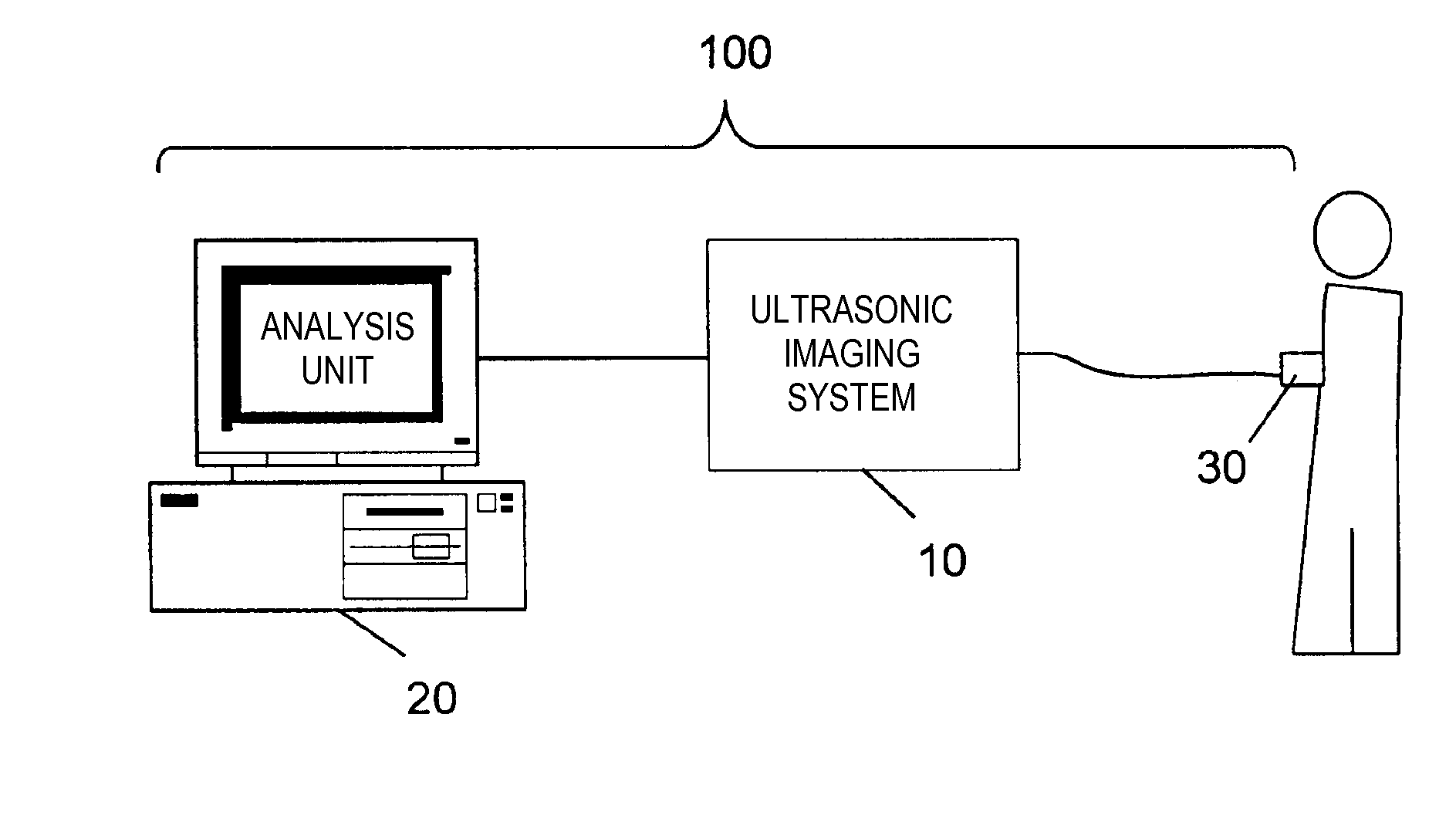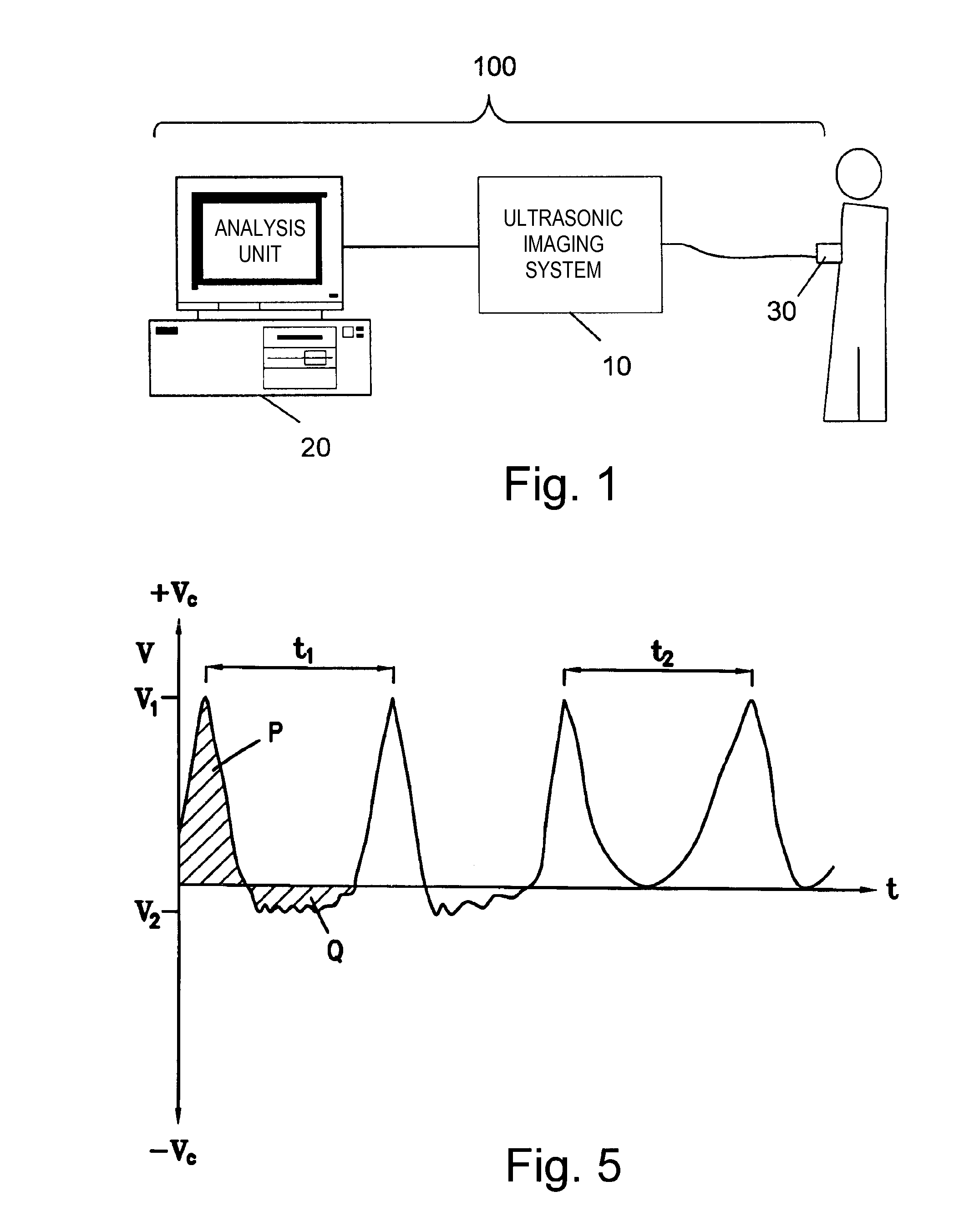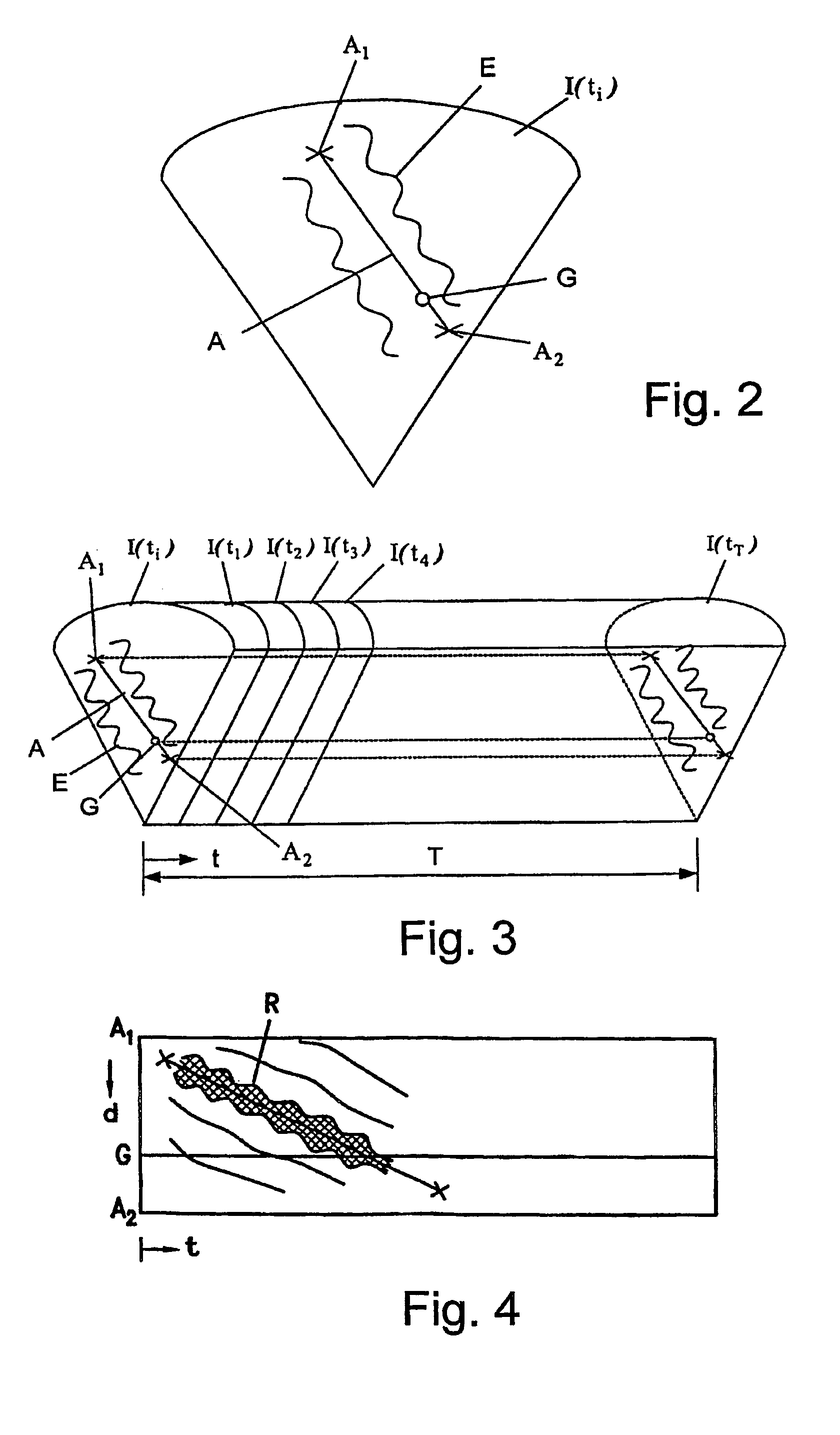Apparatus, system and method for evaluation of esophageal function
a technology for esophageal function and apparatus, applied in the field of medical imaging, can solve the problems of difficult cooperation, sedation is usually needed, and none of the methods used to date satisfies the optimal requirements of safety, efficacy and non-invasiveness, and achieves the effect of shortening the amount of time needed
- Summary
- Abstract
- Description
- Claims
- Application Information
AI Technical Summary
Benefits of technology
Problems solved by technology
Method used
Image
Examples
example i
[0146]The following example is provided merely to illustrate the invention according to the first embodiment, and is not intended to limit the scope of the invention in any manner. While the method of the invention is applicable to any patient of any age, it will be described in this example with reference to a specific clinical study on newborn infants.
[0147]Disturbance in deglutition and reflux are extremely frequent in the first year of life of a child. Moreover, many recurrent respiratory infections, asthma and other respiratory diseases have been associated with recurrent gastrointestinal reflux. Therefore there has been considerable interest in developing means of evaluating the esophageal function in young children that overcome the difficulties inherent in the prior art methods described hereinabove, especially as those difficulties would effect the testing of young patients. In order to establish if the method of the present invention satisfies this interest, a study was ca...
example ii
[0183]A further study was carried out on a group of 15 newborn babies aged 2 hours to 14 days.
[0184]The babies were studied while drinking Remedia milk from a bottle, and image data acquired of the esophagus long axis from the subxyphoid approach.
[0185]The method of the invention was performed using a Vivid V GE echo system (WI, USA)_using a 5 MHz probe at 3.5 to 7.5 MHz imaging and a frame rate ranging from 50 to 200 Hz. The acquisition time was on average about 35 seconds (range 9-60 seconds) during feeding periods of 3-10 minutes, and 5-10 cineloops of 3-6 seconds duration were acquired for each baby. Raw scan line data was stored in 5.2 G MO disks. Analysis was performed off line using Echopac 6.3 software, with a time of analysis of about 20 seconds to 5 minutes per cineloop, the actual duration being related to the type and complexity of deglutition and quality of the recording.
[0186]All of the required data were recorded twice, first at the beginning of the meal, the “early p...
PUM
 Login to View More
Login to View More Abstract
Description
Claims
Application Information
 Login to View More
Login to View More - R&D
- Intellectual Property
- Life Sciences
- Materials
- Tech Scout
- Unparalleled Data Quality
- Higher Quality Content
- 60% Fewer Hallucinations
Browse by: Latest US Patents, China's latest patents, Technical Efficacy Thesaurus, Application Domain, Technology Topic, Popular Technical Reports.
© 2025 PatSnap. All rights reserved.Legal|Privacy policy|Modern Slavery Act Transparency Statement|Sitemap|About US| Contact US: help@patsnap.com



